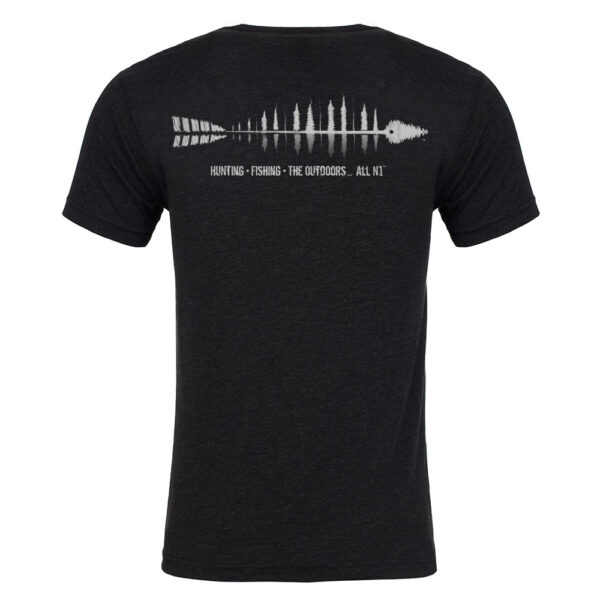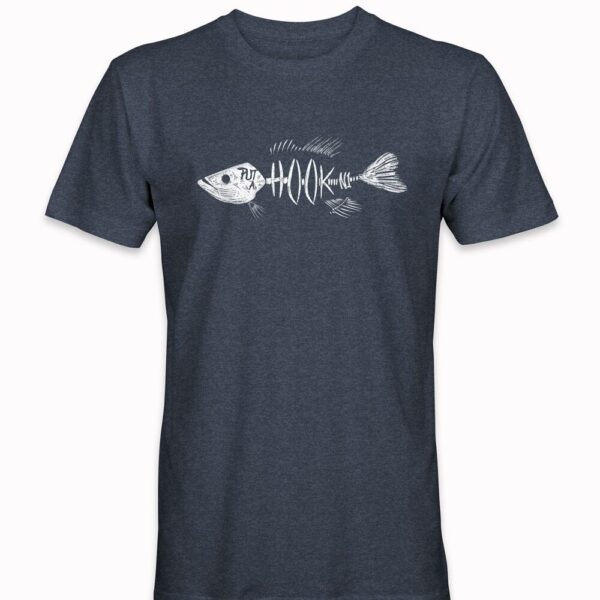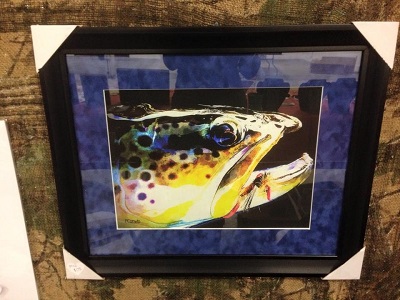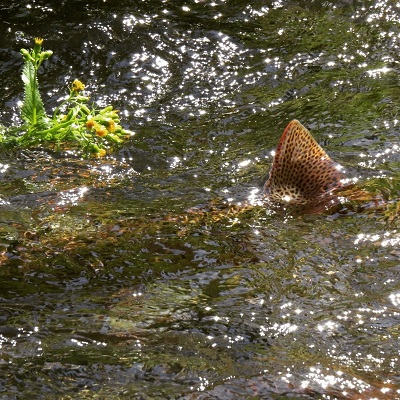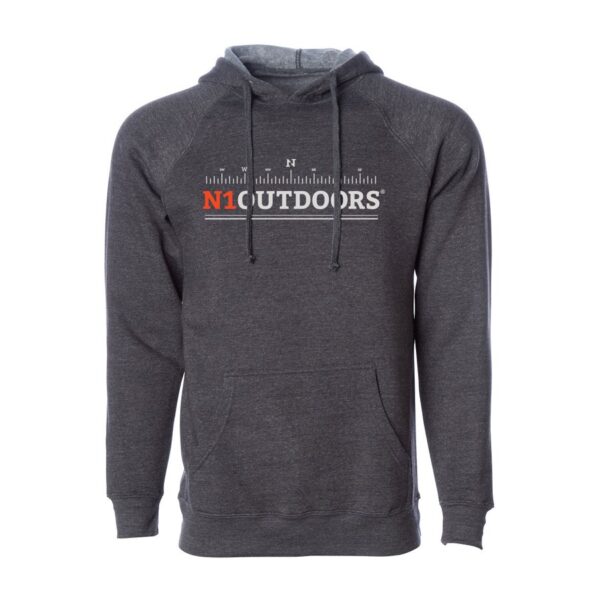Written by: Ralph W. Peiper
In this article we’ll cover the basics of what I believe is the most effective setup for catching bass in deep water, the Drop-Shot Rig. You’ll learn exactly what the dropshot is and how to effectively catch fish.
We will also cover the proper terminal tackle to use as well as how to rig and tie it up. The best and favorite soft plastics that produce quality fish will also be covered. This all added up will help you increase your chances at catching that new personal best!
Scroll down to go straight to the step-by-step instruction for how to rig a drop shot.

The Drop-Shot Rig is one of the most effective ways to catch bass suspended in deeper water.
The Drop Shot Rig | What Is It?
What exactly is the Drop-Shot Rig you may ask? Basically, it’s a rig with the weight below your hook, where the bait is suspended above the bottom, allowing you to fish deep water, where bass are often suspended and feeding.
The drop-shot is an extremely versatile setup (not just for finesse fishing) and can be constantly evolved and experimented with.
Many fisherman, from amateur to pro, believe the drop shot is not only the best, but also the most effective rig for catching bass year-round.
So, everyone who loves catching bass should learn how to tie the Drop-Shot Rig.
Hooks and Weights Needed For Drop-Shotting
The hooks and weights for the drop-shot rig have evolved over the years from experimental, into highly effective terminal tackle, made specifically for this rig.
When choosing your hooks, go with a circle or finesse hook for best results.
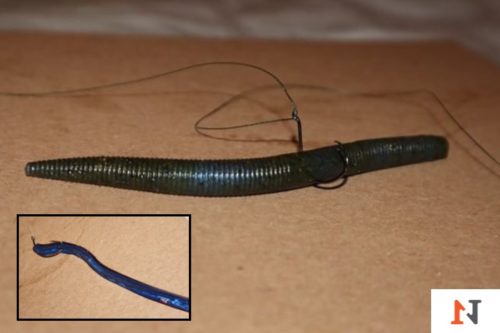
The drop shot rig can be used with a variety of baits and methods including the wacky rig and Carolina rig.
Personally, I like to use an octopus style drop-shot hook as the fish usually set the hook for you rather than having to set it on your own.
Go with a size 1 or 2 hook depending on bait size and species you are targeting. The smaller the better. Less profile means less chance of a fish getting wise to your setup.
You can use other knots, such as the palomar knot with the drop-shot rig, but the uni-knot is what I recommend for this setup.
-
Sale!

N1 Outdoors® Hunting · Fishing · Outdoors Flagship Tee
$15.00 Select options This product has multiple variants. The options may be chosen on the product page -
Sale!
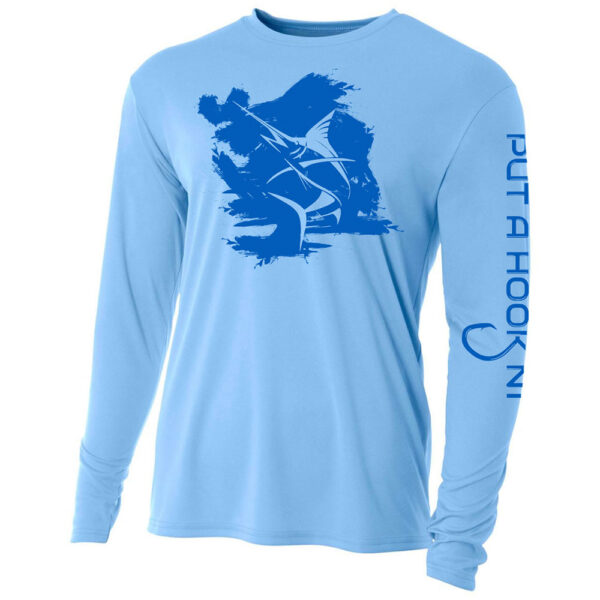
Put a Hook N1™ UPF30 Marlin Performance Fishing Shirt (Lt Blue)
Original price was: $34.99.$9.00Current price is: $9.00. Select options This product has multiple variants. The options may be chosen on the product page -

N1 Outdoors® Est. 2014 TriBlock Bottomland Camo Performance UPF 50+ Shirt
Price range: $37.99 through $39.99 Select options This product has multiple variants. The options may be chosen on the product page
Just about any weights will work. Weight size depends on the depth of water you are fishing and the wind conditions. 1/8 oz is the standard, while no bigger than ¼ oz should be used.
Specialized tungsten weights are designed with a clip on top so you can run your tag end through and clip it to your line with a simple overhand knot. This allows for quick release, should you get hung up on the bottom allowing you to reel in your hook and bait.
That’s all there is too it when it comes to terminal tackle. Now, let’s move on to the baits.
Baits Used With The Drop Shot Rig
The baits for the Drop-Shot Rig are endless, ranging from flukes to worms to a few unknown fishing objects (UFO).
The best baits to use, however, are those that mimic bait fish, since they are the what bass feed on the majority of the year.
Fluke styles work best for hungry and active fish. But, when the bite is slow, put on a straight worm to encourage a nibble from a finicky fish.
It is never a bad idea to experiment and try something new. You can hook up a creature bait, or my personal favorite, the Keitech Swing Impact. The slightest twitch will incite a feeding frenzy. Always remember flukes and worms work best but sometimes choosing the bait less casted could be your glory day on the water.
How To Rig A Drop Shot | Step-By-Step Instructions
The setup for the Drop-Shot Rig is quite simple once you get the hang of everything... See below
Time needed: 1 minute
How to rig a Drop-Shot step-by-step:
- Thread the hook.
Thread the fishing line through the eyelet of the hook. Be sure to leave an appropriate amount of tag line to tie your weight to. A tag length of 12” to 16” works best.
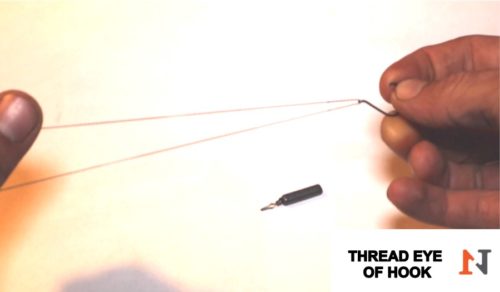
- Tie your hook knot.
A Uni-Knot works best when tying your line to your hook. See instructions on how to tie a Uni-Knot.
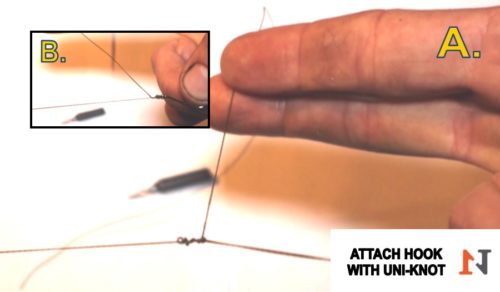
- Loop tag end back through hook eyelet.
Before tying your weight, be sure to loop your tag end through the eye of your hook, so that when your weight touches the bottom, it positions the hook horizontally, creating a more natural look to your bait. This also provides an optimal hook set.
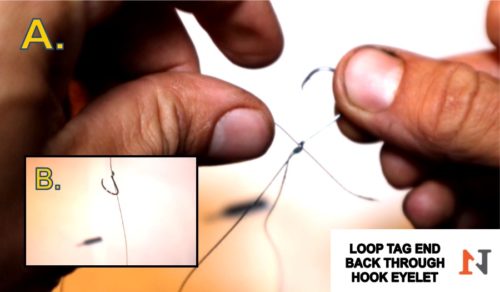
- Attach your weight.
Now, just tie your weight on with a simple overhand knot and all you need is bait!
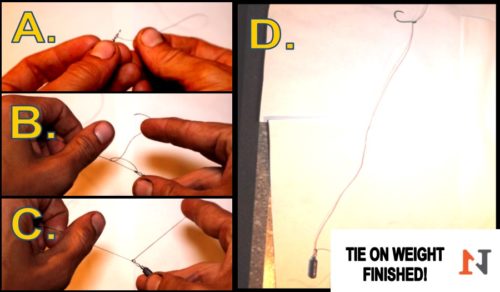
Scroll down for more info on how to fish the Drop-Shot Rig.
-
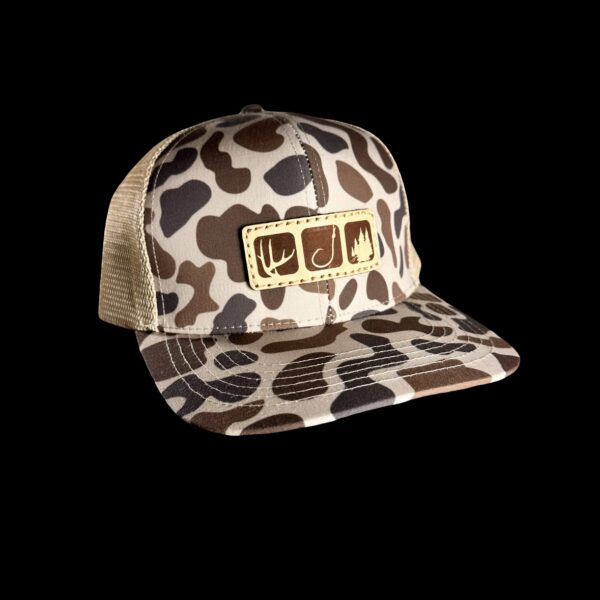
N1 Outdoors® Flagship TriBlock Slough Camo Leather Patch Trucker Hat
$29.99 Select options This product has multiple variants. The options may be chosen on the product page -

N1 Outdoors® RodTogs™ Patch Trucker Hat (Mossy Oak Elements Bonefish & Light Grey)
$26.99 Select options This product has multiple variants. The options may be chosen on the product page -
Sale!
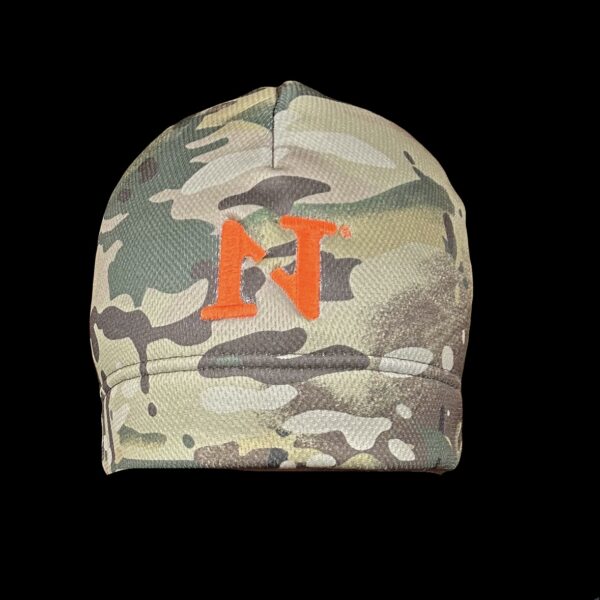
N1 Outdoors® Multicam Logo Beanie
Original price was: $17.99.$9.99Current price is: $9.99. Select options This product has multiple variants. The options may be chosen on the product page
Bait Placement And How To Fish It
Soft plastic placement is key with the Drop Shot Rig. Go through the head portion of the bait. This will give your bait a more natural look as it moves up and down with the hook in the water column.
Wacky rig and Texas rigging the bait on the hook also works well depending on the situation and conditions.
The drop shot works great with a baitcaster and can be Finessed, Dead Sticking and vertically jigged, however the majority of the time, just work it like you would a Carolina or Texas Rigged setup.
When you are around schools of active fish, try twitching, hopping or shaking the bait to get a reaction strike from a hungry bass. After, you want to get a hook in that bass’s mouth!
When the fish bite gets tough, dead stick your bait or slightly shake your bait without shaking your weight this can get even the most stubborn of bass to bite.
Work around points and rock pile or humps, deep in the water column, fishing any structure where foraging bait fish might congregate.
Don’t be afraid to experiment a little, because anything can work for a hungry bass.
You can use the Drop-Shot for other fish as well, like trout.
So, rig up a dropshot on your bass fishing rod today!
I hope this article about the Drop-Shot Rig was informative and helps you to put a hook N1 and land that new Personal Best so when all your fishing buddies ask how you did it you can confidently say, “The Drop Shot Rig is the most effective rig for bass fishing anywhere at any time!”
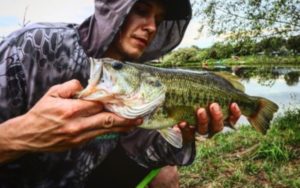
^Header image and smallmouth bass image in this article provided by Brad Alan (Instagram: @tactical_testosterone)













